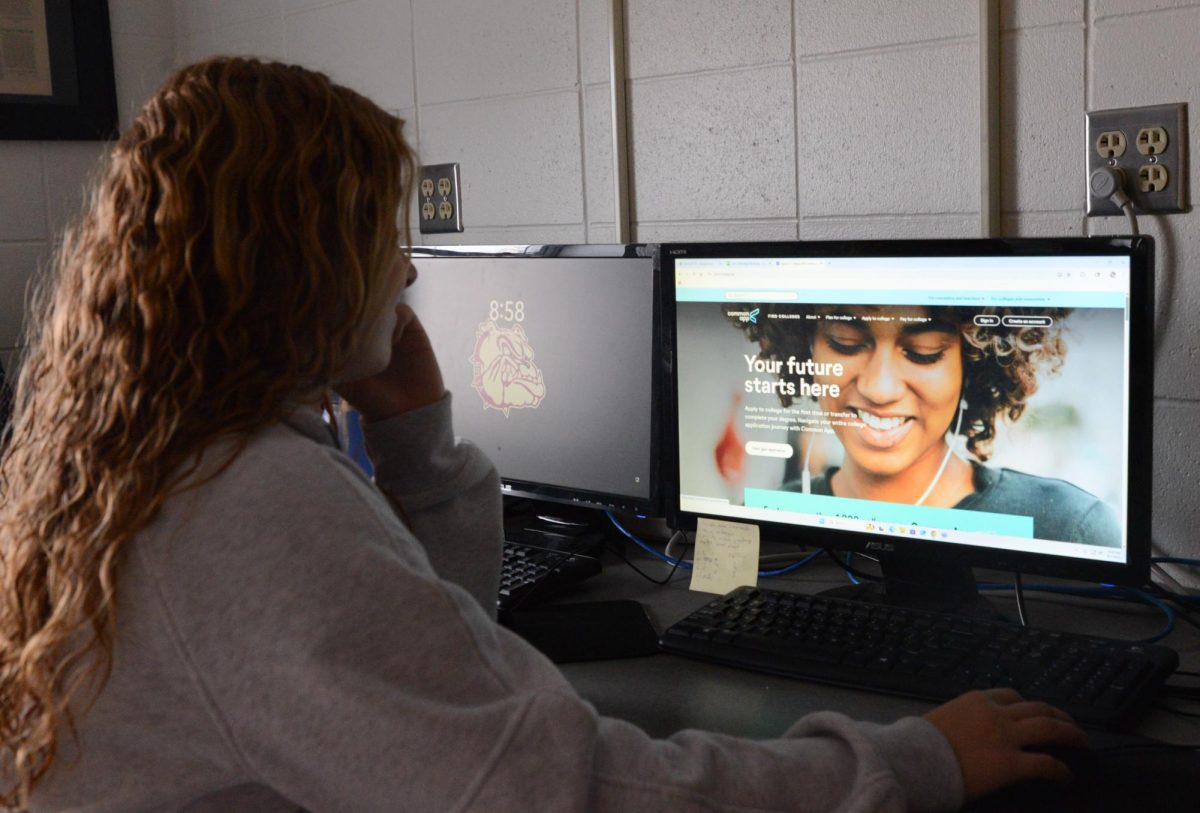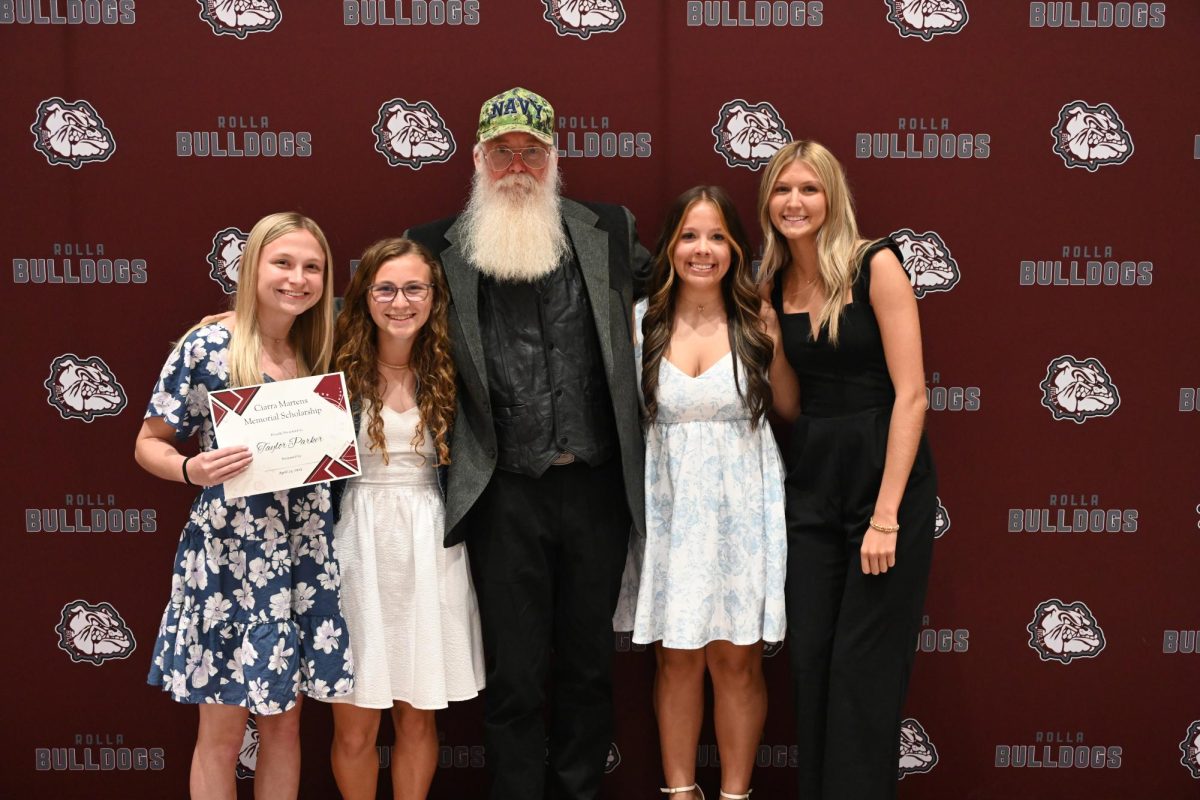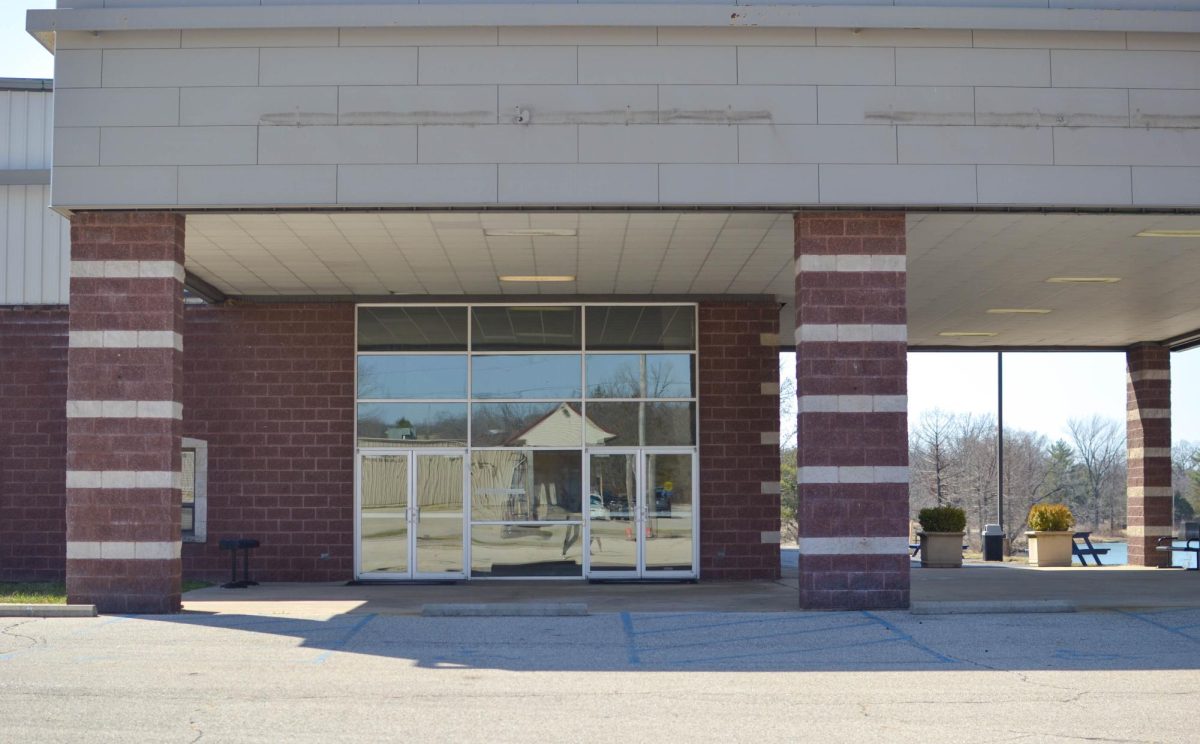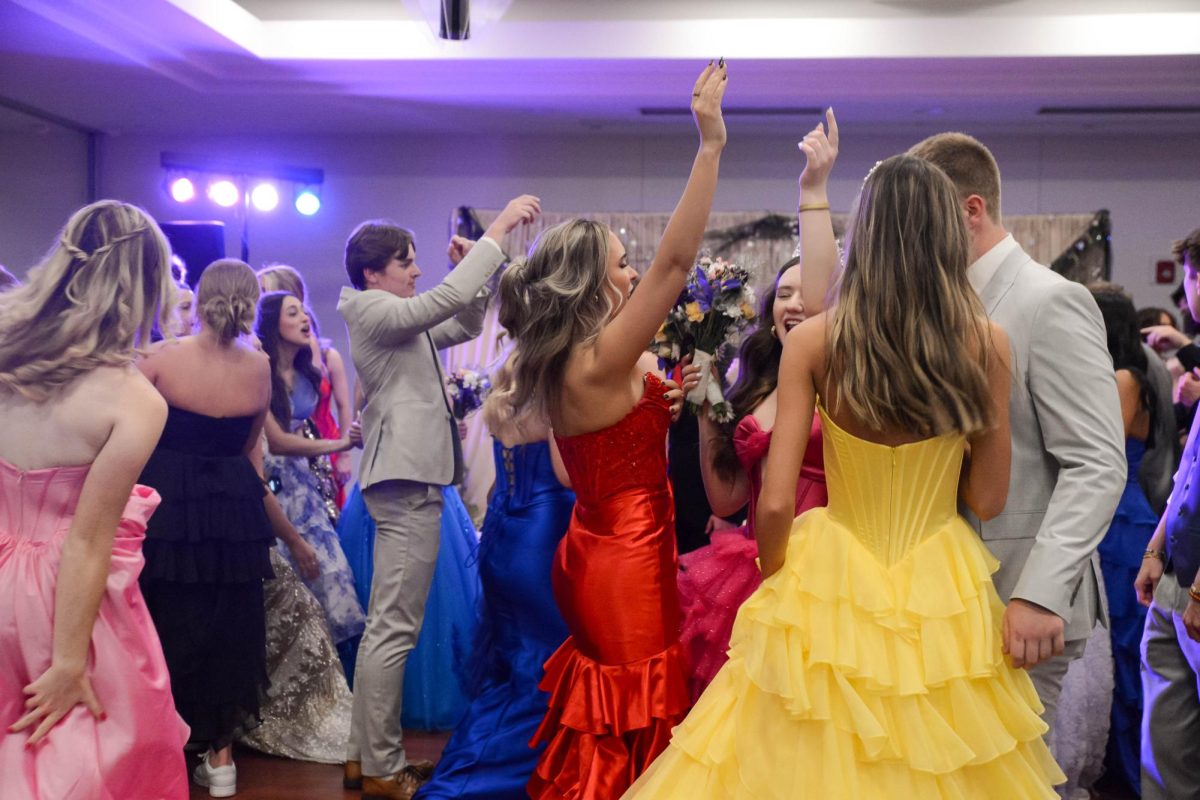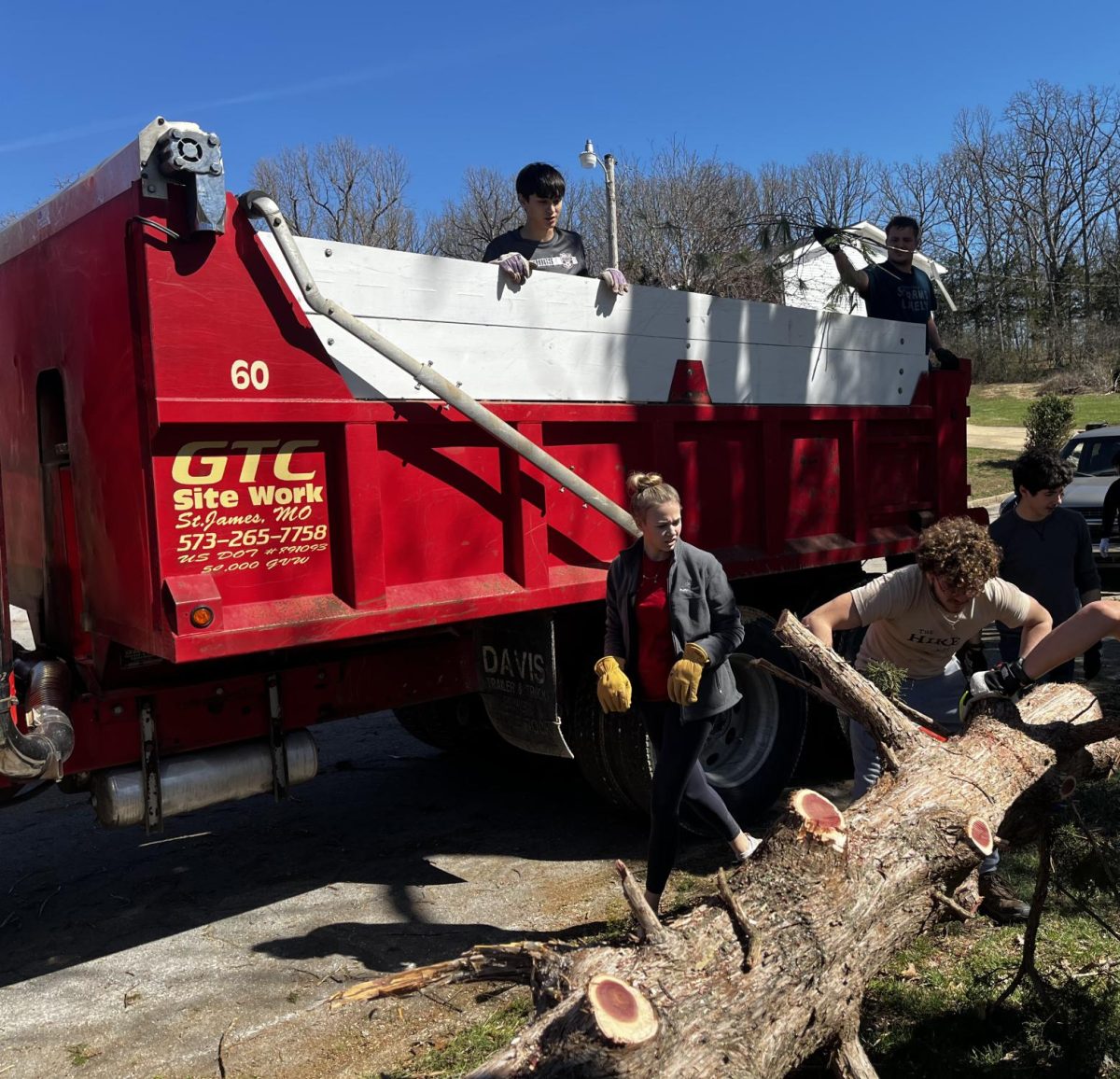In the hierarchy of the Catholic Church, the pope sits at the top. While he is officially the leader of only the Catholic Church, his leadership is respected by many other Christian churches as well. Pope Benedict XVI was the first pope to resign since the 15th century, and his resignation was met with scrutiny and even ridicule. Criticism of Pope Benedict was even more prominent as he had some big shoes to fill in the form of his extremely popular predecessor, Pope John Paul II, who was seated for 27 years, and was one of the longest reigning popes ever. However, Pope Benedict’s decision was partially based on his predecessor’s little discussed shortcoming: not being able to fulfill his papal duties. Pope John Paul’s death was public, with the world being able to watch as he slowly withered away. At 85, Pope Benedict did not want the same fate to fulfill his papacy and no longer felt fit to perform the numerous duties expected of him as a pope, one of them being extensive international travel to perform masses for international clergy and faithful.
The new pope was selected by a council of 115 cardinals from around the world, all meeting in Vatican City to make the decision.
The free world was enamored with the papal goings on, as the world has not had an “ex-pope” for centuries.
The catholic hierarchy begins with the priest, then is followed by the bishop, cardinal, then the pope at the top; with the cardinal being a higher status bishop. The cardinals come from all over the world, leading to the groundbreaking possibility that the new pope could be American, African or Hispanic. The cardinals meet in the Vatican City and are cloistered during their prayer and voting process in an area called the conclave. One member has to have a two-thirds majority of the 115 electors in order to become pope. If this is not achieved, the process is started over. Selecting a new pope can be a tedious process, with lots of re-voting. No cameras are allowed inside the Vatican’s inner sanctum, so the press and public can watch for a new pope by watching smoke coming up from a chimney. The unsuccessful ballots are burned with a special compound to make the smoke black. Once the cardinals reach a successful vote, the ballots are burned clean to make the smoke turn white, and on March 13, 2013, it did.
Pope Francis I was previously known as Cardinal Jorge Mario Bergoglio. There have been 266 popes, and Bergoglio is the first pope to take the name of Francis, and is the first pope in 1,000 years to come from outside of Europe. He also is the first pope to come from Latin America, a continent home to 40% of the world’s Catholics. The election occurred at 7:07 in the morning, after five voting attempts. He is described as shy and humble, and offered up a prayer for Pope Benedict in his first papal address. Pope Francis was the son of a railway worker, and one of five siblings and had one lung removed as a teenager after an infection. He was a chemist by trade, but soon became a Jesuit priest. Jesuits are known as a more progressive or even rebellious order of the Catholic Church, a selection which may have been made after the Church’s rigid adherence to rules has distanced it from many of its clergy.
During his reign as a cardinal, he was known for his work with the Argentinian poor, and chose a simple apartment outside Buenos Ares over an ornate palace and rode his bicycle or the bus to work instead of the limousine available to him. He also wears a plain wooden cross, characteristic of the Jesuit order instead of the ornate cross worn by the past two popes.
In his first papal address, Pope Francis said, “Let’s always pray for each other. Let’s pray for the whole world. Let there be a sense of brotherhood.” He parted by saying, “I’ll see you soon.”
Categories:
Pope number 266, Francis I elected
Maggie Duncan, Staff Writer
April 3, 2013



